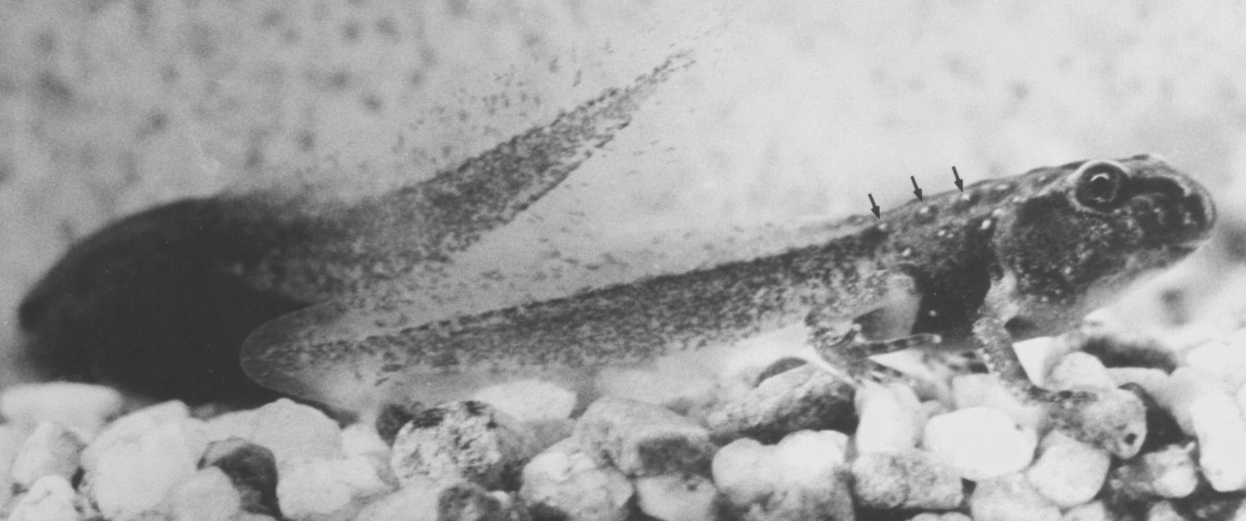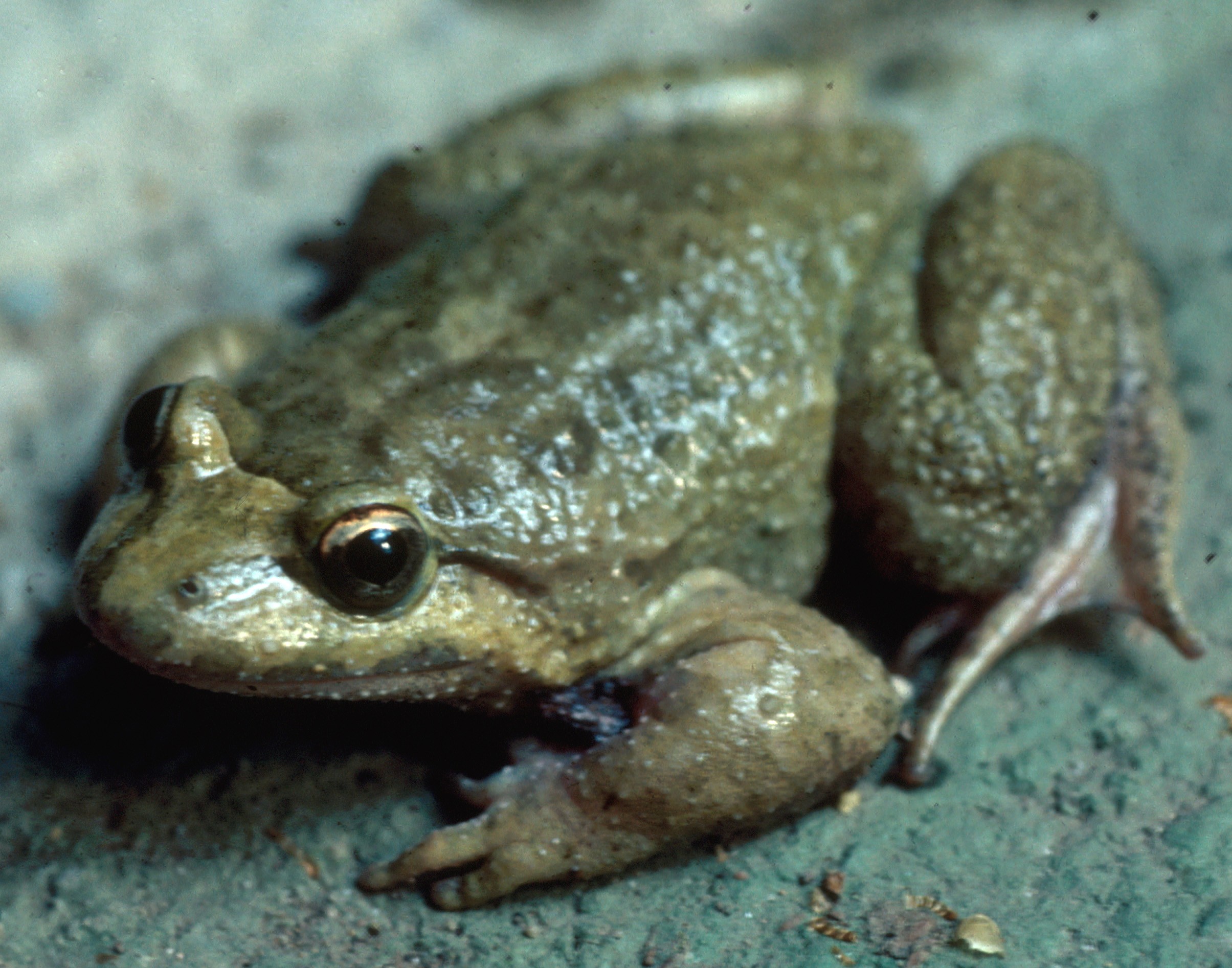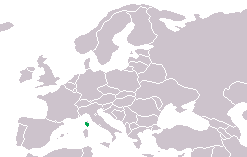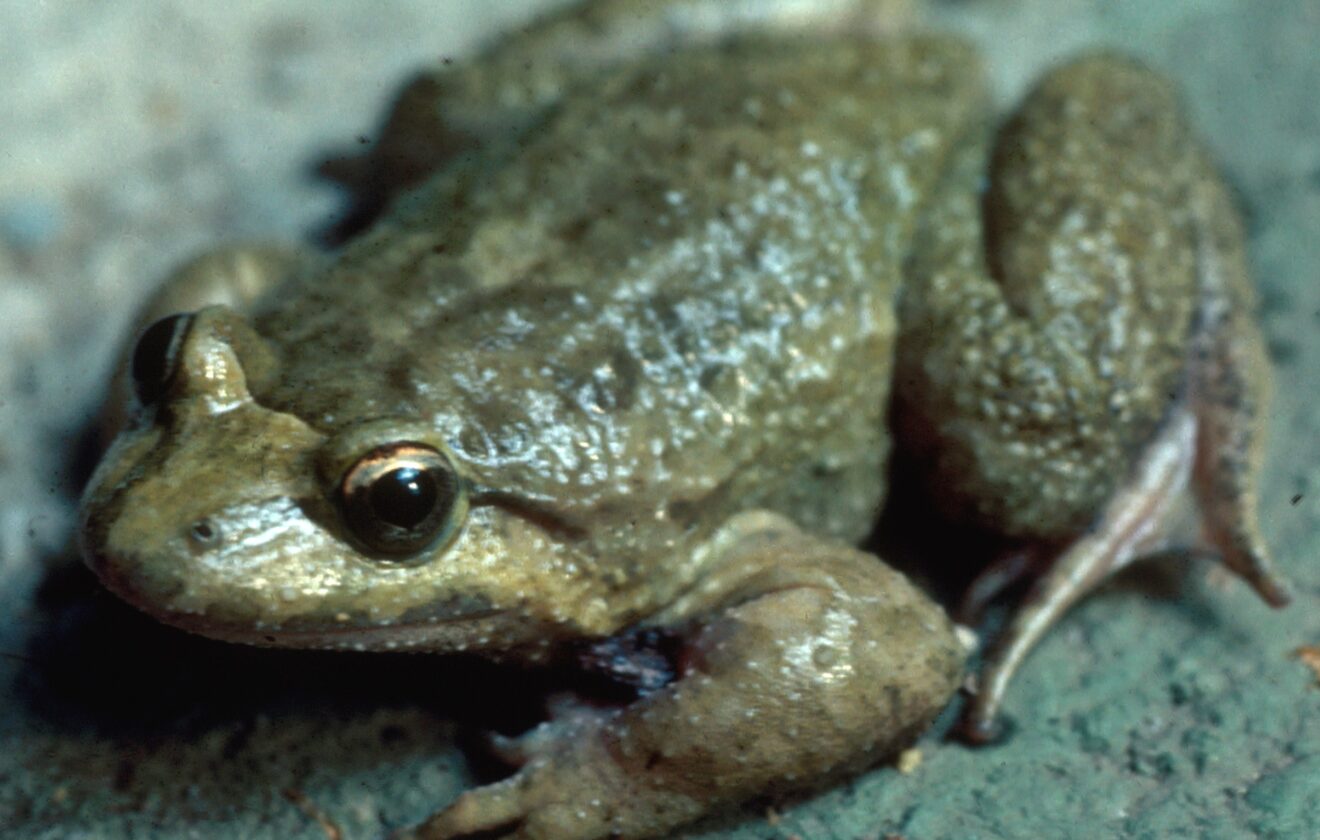- Unveiling the Secretive Life of Discoglossus montalentii: Corsica's Enigmatic Painted Frog
- Taxonomy and Classification: A Unique Amphibian Lineage
- Natural Habitat: Hidden Treasures of Corsica's Lush Wilderness
- Physical Characteristics: The Artistry of Camouflage and Survival
- Behavior and Life Cycle: The Quiet Rhythms of a Forest Frog
- Ecological Role: Guardians of Mountain Streams and Forest Floors
- Threats and Conservation Status: Preserving Corsica's Fragile Treasure
- Cultural and Scientific Significance: A Jewel in Corsica's Natural Heritage
- Conclusion: Cherishing Corsica’s Painted Frog into the Future
Unveiling the Secretive Life of Discoglossus montalentii: Corsica’s Enigmatic Painted Frog#
The gentle trickle of crystalline streams and the whispering rustle of leaves beneath Corsica’s dense forest canopy conceal many secrets. Among them, discreetly camouflaged amidst leaf litter and moistened moss, resides a tiny, fascinating amphibian: Discoglossus montalentii, also known as the Corsican painted frog. Though diminutive and inconspicuous, this species possesses biological and ecological significance far beyond its modest appearance.
Endemic exclusively to the captivating island of Corsica, Discoglossus montalentii belongs to a remarkable lineage of primitive frogs whose roots trace back millions of years. Within the quiet forest streams and secluded mountain pools, these charismatic beings lead lives that have long puzzled and intrigued naturalists. Yet, despite their ecological importance and captivating natural history, the painted frog remains poorly known, overshadowed by more prominent amphibian counterparts.
Today, let us plunge deeper into the lush and mysterious habitats of Corsica, revealing the secrets, behaviors, and conservation realities that shape the remarkable story of Discoglossus montalentii.
Taxonomy and Classification: A Unique Amphibian Lineage#
To truly grasp the significance of the Corsican painted frog, we must first journey through its fascinating classification. Discoglossus montalentii belongs to the family Alytidae, famed for their primitive evolutionary lineage. Within this group are the “painted frogs,” a collection of amphibians noted for intricate skin patterns that seemingly mimic miniature masterpieces.
First scientifically described by herpetologist Jean Guibé in 1954, the species takes its name from Italian biologist Giuseppe Montalenti, honoring his contributions to the study of amphibians. The genus Discoglossus, meaning “round tongue,” reflects peculiar anatomical features setting them apart from more common frogs.
Although closely related to other Mediterranean painted frogs such as Discoglossus pictus, our protagonist bears a distinct genetic and morphological identity. Its isolation on the island ecosystem provided a natural laboratory, carving out evolutionary pathways unique to its species.
Natural Habitat: Hidden Treasures of Corsica’s Lush Wilderness#
To encounter this elusive species, venture into Corsica’s mesmeric landscapes, characterized by rustic mountain woodlands, crystal-clear streams, and verdant valleys enclosed by rugged peaks. The Corsican painted frog primarily inhabits the higher elevations in the central mountain range of Corsica, a region marked by cooler temperatures and near-permanent humidity, conditions perfect for amphibian survival.
The Microhabitat: Finding Comfort Beneath Moist Leaf Litter#
Unlike more conspicuous amphibians that prominently perch on branches or rocks, Discoglossus montalentii prefers the shelter of leaf litter and moss-covered rocks along slow-flowing mountain streams and pools. These frogs frequent damp micro-habitats, where they seamlessly blend in, disappearing into a mosaic of leaves and moist soil. This microhabitat choice reduces risk from predators while maintaining critical moisture levels necessary for their delicate, permeable skin.
Streamside vegetation, including ferns, mosses, and roots, provides essential cover and hunting grounds. Closer examination reveals the intricate interactions between the frogs and their environment. Fallen leaves nurture small populations of insects, arachnids, and invertebrates, creating a steady food source in the frogs’ immediate surroundings. The continuous interplay of tiny organisms within these quiet forest pockets keeps the Corsican painted frog nourished and secure.
Physical Characteristics: The Artistry of Camouflage and Survival#
At first glance, you might overlook Discoglossus montalentii, as its muted earthy hues perfectly mimic the damp forest floor strewn with leaf litter. Typically small, measuring between just 4 to 6 centimeters in length, this species boasts a streamlined body ideally suited to its secretive lifestyle, maneuvering without detection beneath forest debris.
The frogs’ coloration is their definitive trait—subtle yet striking, comprising shades of reddish-brown, grey, and olive-green punctuated by darker blotches and stripes. Such intricate patterns enable them to blend seamlessly with their surroundings, affording protection against predators and facilitating surprise attacks on unsuspecting prey.
Upon closer inspection, you’ll note their convex, almost perfectly round pupils surrounded by bronze or golden irises. Their smooth skin glistens lightly from moisture retention, essential for respiration as they absorb oxygen from the water-rich environment in which they thrive.
Behavior and Life Cycle: The Quiet Rhythms of a Forest Frog#
A day in the life of the Corsican painted frog unfolds gently beneath the shade of Corsican alders and oaks. This species is predominantly nocturnal, its activities synchronized with dusk’s onset. Under cover of darkness, these amphibians emerge to hunt, navigating skillfully through reeds, fallen branches, and root tangles with poise and secrecy.
Feeding Habits: Hunters Beneath the Shadows#
This amphibian’s diet is a reflection of its abundant forest floor habitat, consisting primarily of small invertebrates. Beetles, ants, mites, small spiders, and the larvae of aquatic insects constitute their menu. Their hunting technique involves patiently awaiting prey movement before rapidly projecting their sticky tongue with exceptional speed and accuracy.
Courting and Breeding: Nighttime Serenade#
During spring and early summer months, Corsican streams echo with subtle yet entrancing calls from male frogs eager to attract potential mates. Although quieter than other amphibians, the male’s equipped with unique vocal sacs produce low-pitched, rhythmic croaks signaling reproductive readiness.
Mating occurs in shallow pools of clear, slow-flowing mountain water. Females lay eggs attached to submerged vegetation or stones. Observing carefully, one might spot a gelatinous mass quietly attached beneath tranquil waters—a nursery of future tadpoles. These tadpoles remain aquatic, breathing through gills and feasting upon algae-rich stream substrates until metamorphosis grants them a terrestrial life.
Ecological Role: Guardians of Mountain Streams and Forest Floors#
Though small, Discoglossus montalentii serves as a significant ecological actor, maintaining population balance among invertebrates and contributing to nutrient cycling. Their presence indicates freshwater health, positioning them as vital “indicator species,” a barometer signaling ecological changes or disruptions within Corsica’s hidden landscapes. Predatory insects, birds, small mammals, and even other amphibians find sustenance by preying on painted frog tadpoles and juvenile frogs, underscoring their integral role within broader ecosystem dynamics.
Threats and Conservation Status: Preserving Corsica’s Fragile Treasure#
The story of Discoglossus montalentii, like many global amphibians, faces an increasingly uncertain future. According to the International Union for Conservation of Nature (IUCN), this painted frog holds a conservation status of “Near Threatened,” an acknowledgment of escalating threats and population pressures, despite their relative abundance in select areas.
Habitat loss poses the foremost threat. Expanding agriculture, urbanization, deforestation, and increasing tourism infrastructure directly reduce their pristine stream habitats. Climate change additionally disrupts precipitation patterns, altering stream flow, temperature, and moisture conditions essential for the painted frog’s survival. Disease also looms over Corsica’s amphibians, with worldwide amphibian crises such as chytrid fungus reaching even isolated locales.
Thankfully, conservationists strive vigilantly to secure their habitat, advocating for protected zones and sustainable practices. Research by local universities contributes vital knowledge addressing conservation challenges while simultaneously raising public awareness.
Cultural and Scientific Significance: A Jewel in Corsica’s Natural Heritage#
Discoglossus montalentii embodies Corsica’s precious biodiversity, an island icon of evolutionary novelty and ecological wisdom. While historically not steeped in the folklore or traditional medicines common to amphibians in other regions, their scientific value is immense. The painted frog draws researchers fascinated by primitive evolutionary pathways, amphibian immunity strategies, and climatic-response adaptations. Studying this species grants insights extending far beyond mountainous Corsica, shedding light on broader amphibian conservation.
Conclusion: Cherishing Corsica’s Painted Frog into the Future#
In discovering the hidden life of Discoglossus montalentii, we’ve unveiled a creature deeply connected to the ecological heart of Corsica—a frog remarkable for both its subtle elegance and profound environmental presence. Protecting this species and its habitats secures vital biodiversity, supporting ecosystems that define the island’s character and resilience.
Let Corsica’s enigmatic painted frog inspire us to deepened appreciation, encouraging careful stewardship, passionate advocacy, and continued curiosity about the hidden wonders quietly thriving beneath forest shadows.


















